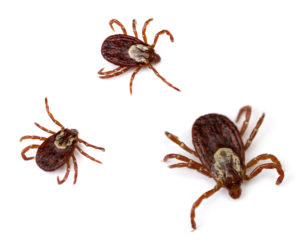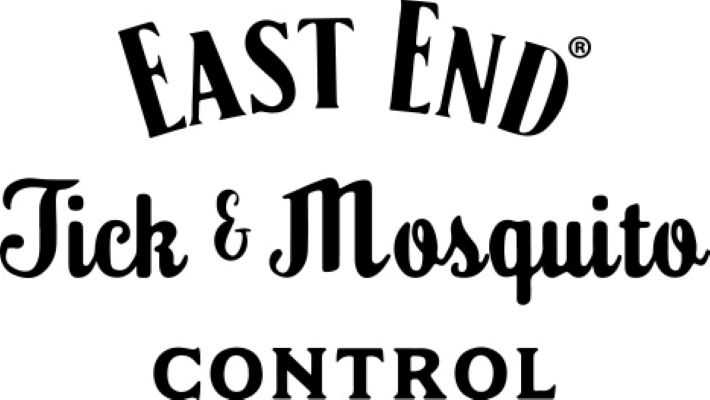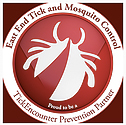 The dog tick, also called the American dog tick or wood tick, is one of the most common ticks. They are not capable of transferring Lyme Disease, despite being exposed to the causative agents. While it is sometimes found in California, the east coast is the primary home to the dog tick. Seasonal activity on the east coast is from late April to September, with peaks in May to June. They are also found in Nova Scotia, Massachusetts, coastal Virginia, and Georgia. The dog tick mainly resides in long grass and wooded areas.
The dog tick, also called the American dog tick or wood tick, is one of the most common ticks. They are not capable of transferring Lyme Disease, despite being exposed to the causative agents. While it is sometimes found in California, the east coast is the primary home to the dog tick. Seasonal activity on the east coast is from late April to September, with peaks in May to June. They are also found in Nova Scotia, Massachusetts, coastal Virginia, and Georgia. The dog tick mainly resides in long grass and wooded areas.
You can identify a dog tick from its brown exterior, with whitish-gray markings. Larvae have six legs, while adults have eight. Their bites can cause symptoms including fever, itching, and tick paralysis.
Unlike most ticks, the dog tick prefers the same host during all of its feeding stages. Their hosts usually take several days to feel the symptoms. The main disease to note for dog ticks is rocky mountain spotted fever. This is denoted by a rash surrounding the wrists or ankles, that moves slowly up the body over 2-5 days. Symptoms include blood in the urine, depression, lethargy, anorexia, irregular heartbeat, and purplish or bruised discoloration in the skin.
A bite from the dog tick does not instantly transmit diseases to the host. It must be attached for 6-8 hours (but sometimes as little as 3-6 hours), before the disease can be transferred. As always, early removal is crucial in reducing potential illnesses from tick bites.
As its name implies, your dog is a common host for the dog tick. It’s important to check them after outdoor walks, especially when playing in grassy areas. Cutting grass around the home can create a less hospitable environment for these pests. There are topical collars and shampoos available to help prevent ticks from attaching to your pet.
Should your dog come home with a tick, tweezers are the most common removal method. Fine-point tweezers are most efficient to avoid tearing the tick. Spread the dog fur, tweezing the tick as close to skin as possible. Gently pull in an upward, steady motion. Do not attempt to remove with your fingers, as squeezing the tick can spread infectious material. Afterward, it’s recommended to treat the area with rubbing alcohol and properly clean the wound.
American Dog Tick on Long Island in NY
Serving Southold





